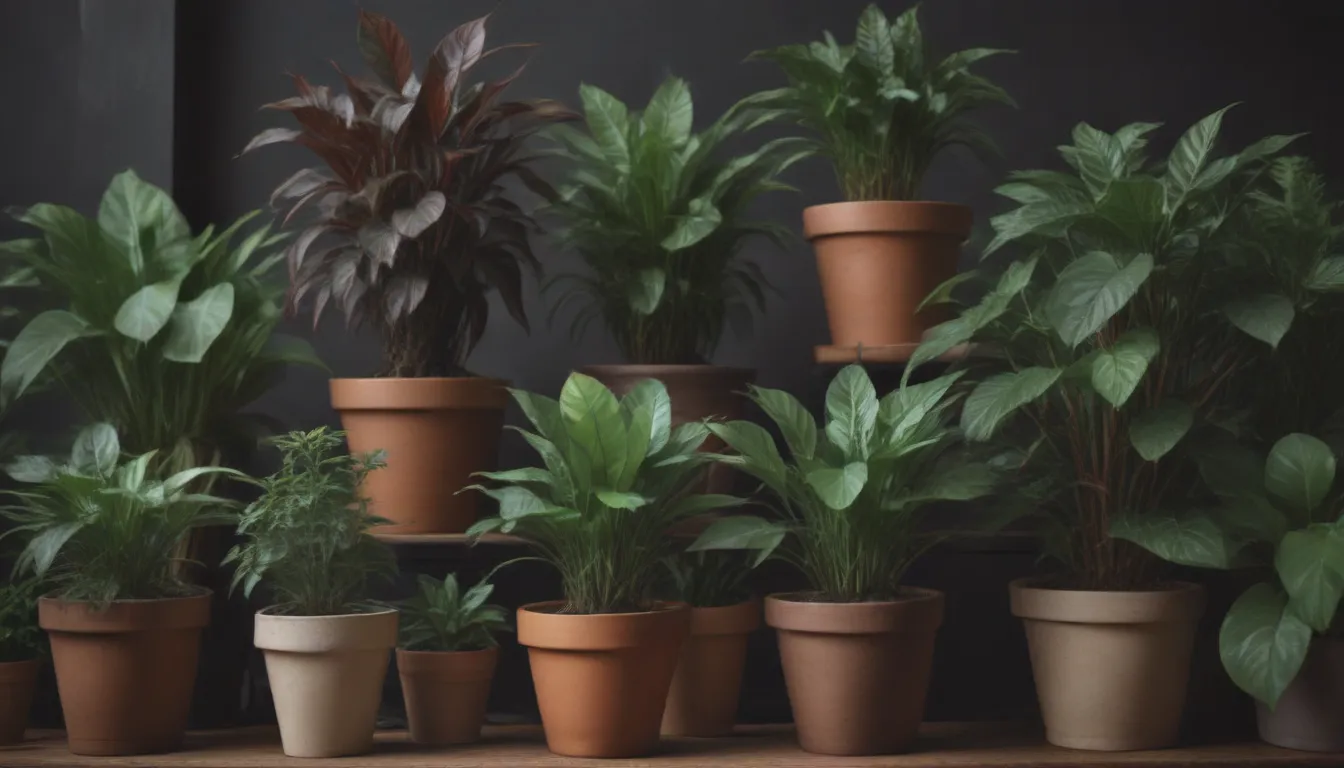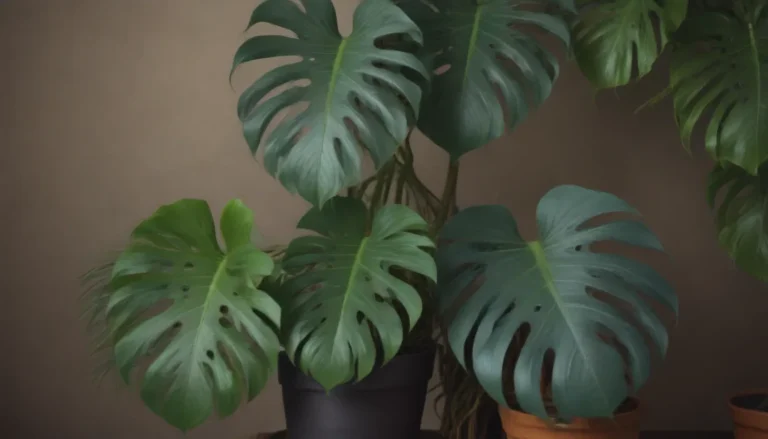When to Repot Your Houseplant: 6 Signs and Step-by-Step Guide

Plants are a beautiful addition to any home, bringing a touch of nature indoors. However, just like any living thing, plants need space to grow and thrive. If you’ve noticed that your houseplant is showing signs of being cramped in its pot, it may be time to consider repotting. In this comprehensive guide, we’ll explore the six key signs that indicate your plant needs to be repotted, as well as provide you with a step-by-step process to ensure a successful repotting experience.
Signs It’s Time to Repot Your Houseplant
- Visible Roots: If you start to see roots poking out of the bottom of the pot, it’s a clear sign that your plant has outgrown its current home.
- Pot-Bound Roots: When the roots have filled up the pot and there’s no room left for them to grow, it’s time to give your plant some more space.
- Poor Drainage: If water isn’t draining properly from the pot, it could be a sign that the roots are clogging the drainage holes, and your plant needs a larger container.
- Leaf Drop: Dropping leaves can be a sign of stress in your plant, and one of the reasons could be that it’s not getting enough nutrients from the soil due to being pot-bound.
- Size Mismatch: If your plant looks too large or too small for its pot, it’s a clear indication that it’s time for an upgrade.
- Stunted Growth: If your plant has stopped growing or is showing signs of slow growth, it may be struggling to thrive in its current pot.
How to Choose the Right Soil and Container
When it comes to repotting your houseplant, selecting the right soil and container is crucial for its overall health and growth.
Containers
- Size Matters: It’s important to choose a container that is one to two sizes larger than the current pot. This allows room for your plant to grow without overwhelming it.
- Avoid Overpotting: Going for a pot that is too big can lead to overwatering and hinder your plant’s growth.
Potting Soil
- Match the Current Soil: Try to use a potting medium that is similar to what your plant is currently growing in to minimize transplant shock.
- Specialized Formulas: There are various types of potting soils available for specific plant types, such as cacti, succulents, aroids, citrus trees, and more. Choose the right soil for the best results.
How to Repot Your Houseplant: Step-by-Step Guide
Now that you’ve identified the signs indicating it’s time to repot your houseplant, it’s time to roll up your sleeves and get to work. Follow these steps for a successful repotting process:
- Remove the plant from its current pot: Gently tap the sides of the pot and carefully remove the plant, being mindful of its roots.
- Prepare the root ball: Loosen the roots gently to encourage new growth and ensure they can spread out in the new pot.
- Place the plant in the new pot: Add fresh potting soil to the bottom of the new container, position the plant, and fill the remaining space with soil.
- Water the plant: Give your plant a good drink of water to help it settle into its new home.
- Avoid fertilizing: Resist the temptation to fertilize your plant for at least six weeks after repotting to allow it time to adjust.
By following these steps and paying attention to the signs that indicate your plant needs a new home, you’ll help ensure that your houseplant continues to thrive and bring beauty into your space.
In conclusion, caring for your houseplants goes beyond just watering and sunlight. Repotting is an essential part of plant care that can help your plants grow bigger and healthier. By knowing the signs to look out for and following the proper repotting techniques, you’ll set your plants up for success and enjoy a flourishing indoor garden. So, keep an eye on your plants, listen to what they’re telling you, and give them the space they need to blossom and thrive. Happy repotting!





